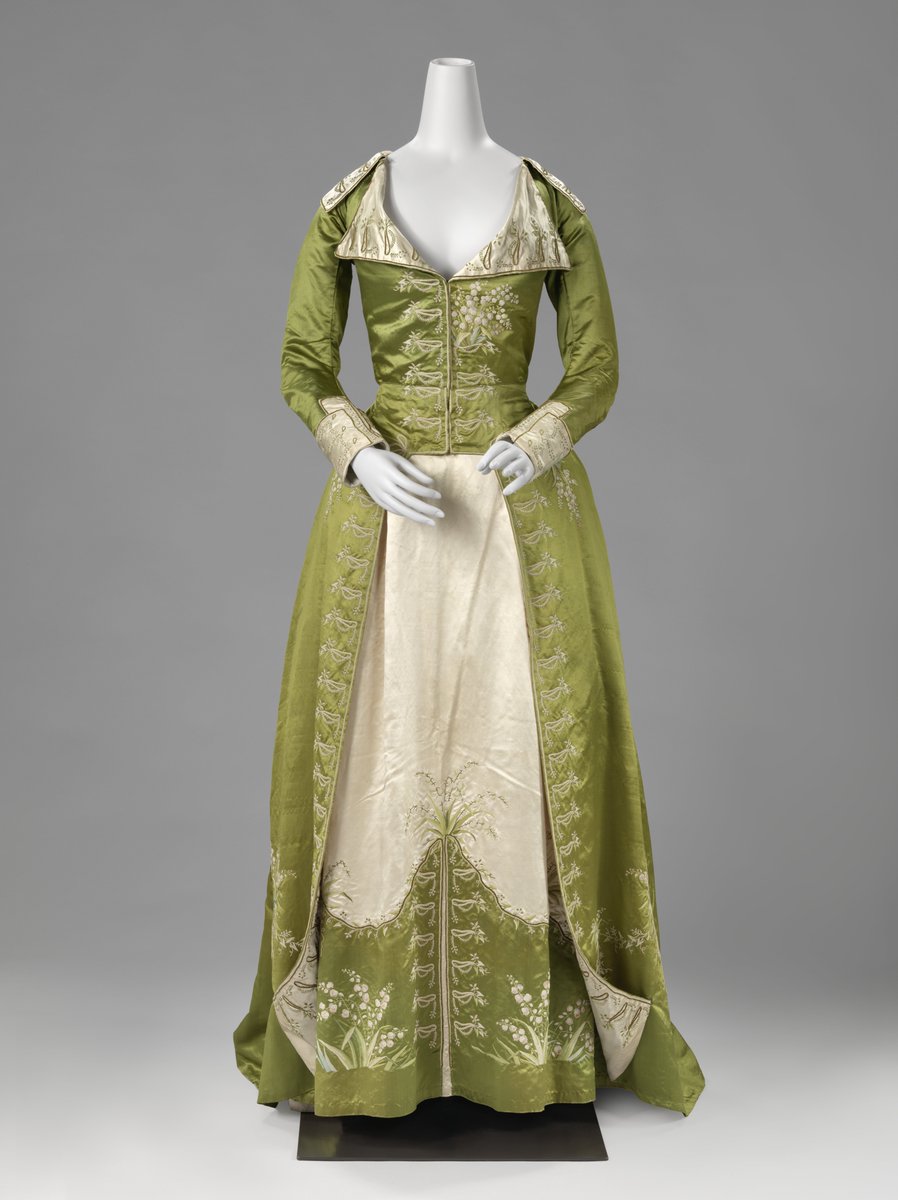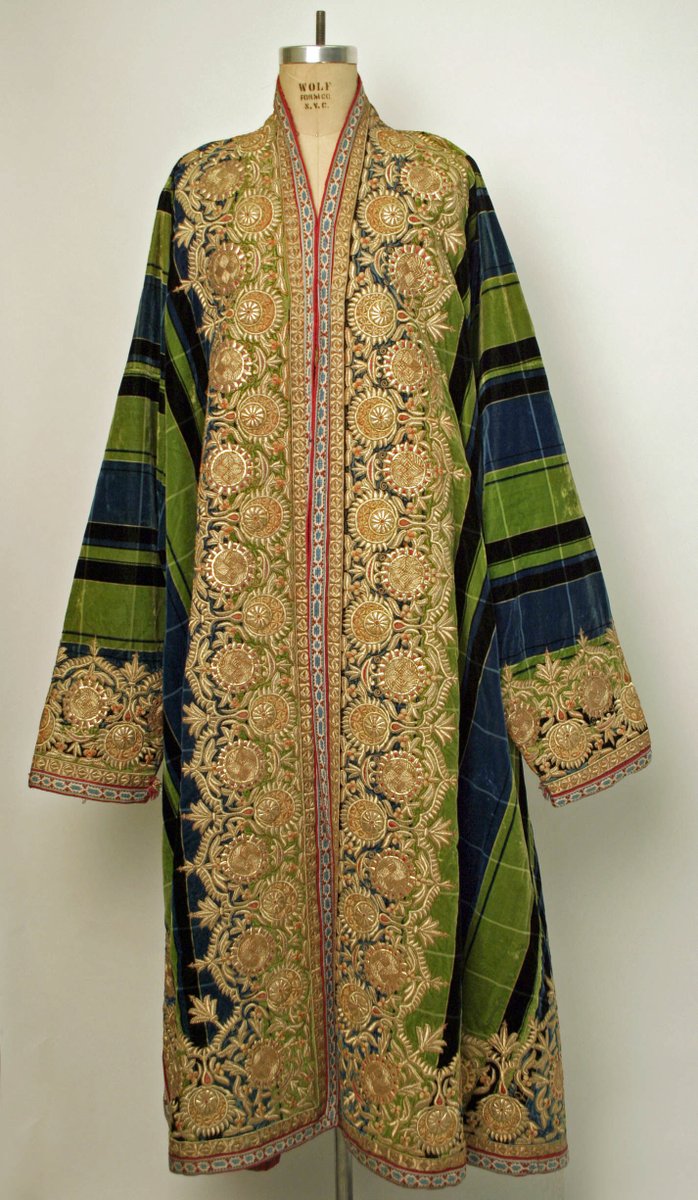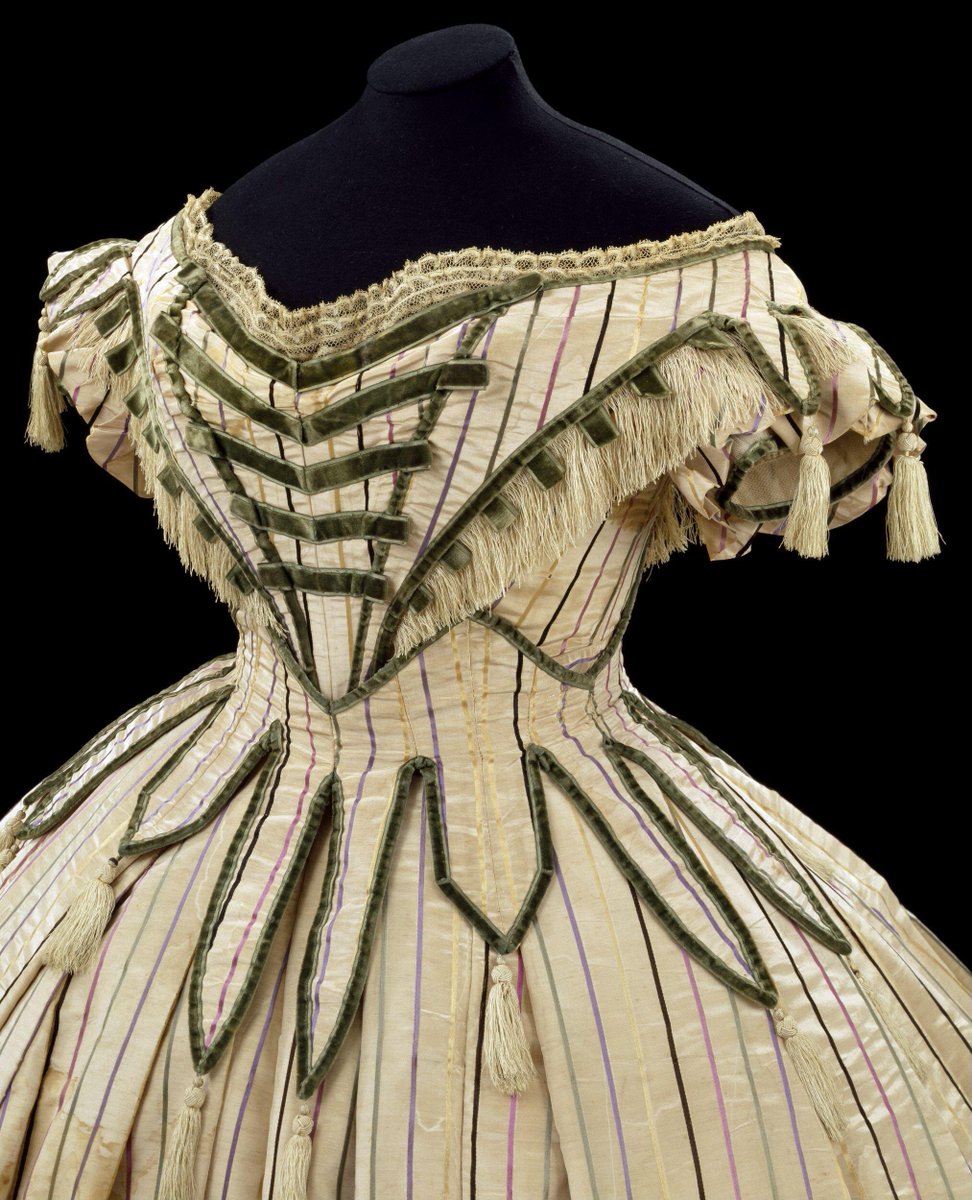
This pride month, I'm particularly proud that I didn't give up and "straighten out" my writing on my search for an agent.
Even my very VERY first novel, an epic fantasy, had a queer main character. Even before I was out myself!
Even my very VERY first novel, an epic fantasy, had a queer main character. Even before I was out myself!
To be fair, I did not know that bisexuals existed because Evangelical religious trauma etc.
If I did, I'd have had a far less confusing life.
Also thought if you got married to a boy you, like, didn't "count" anymore?
If I did, I'd have had a far less confusing life.
Also thought if you got married to a boy you, like, didn't "count" anymore?
And in terms of demisexuality... I think of myself as having two brains. Gemini! Hah.
There is my objective aesthetic brain. "Yes, this is an attractive human whose features I find appealing."
Then my emotional brain: "Yes, I like this brain and shall act on said attraction."
There is my objective aesthetic brain. "Yes, this is an attractive human whose features I find appealing."
Then my emotional brain: "Yes, I like this brain and shall act on said attraction."
There is most often a long and winding road between the two.
HOWEVER this is also why I love romance novels because there is SO MUCH emotional connection.
HOWEVER this is also why I love romance novels because there is SO MUCH emotional connection.
• • •
Missing some Tweet in this thread? You can try to
force a refresh

















